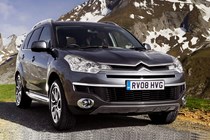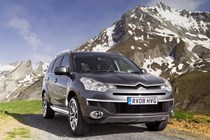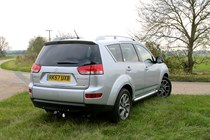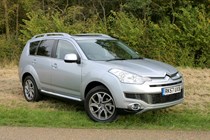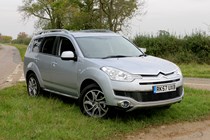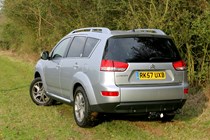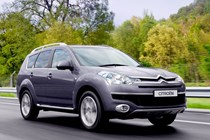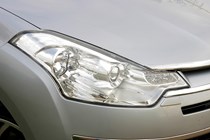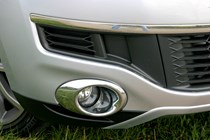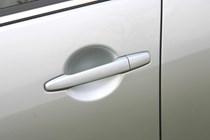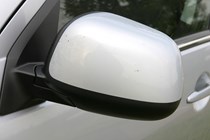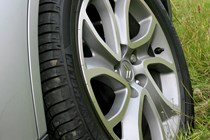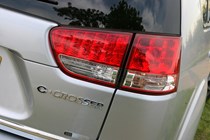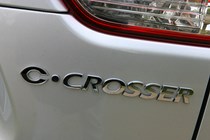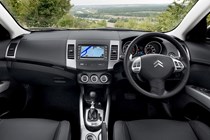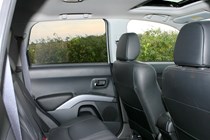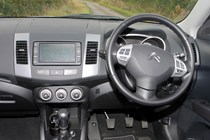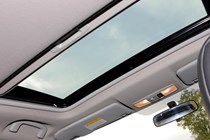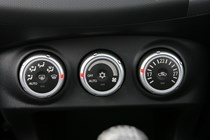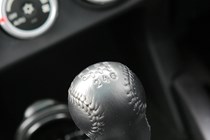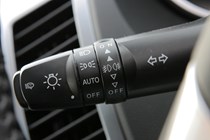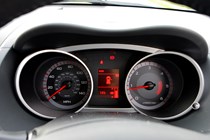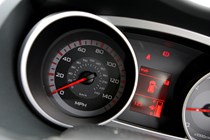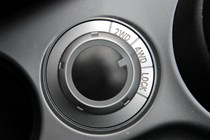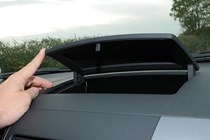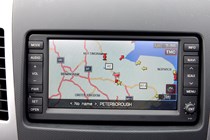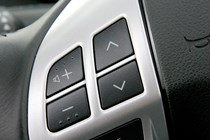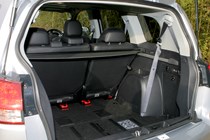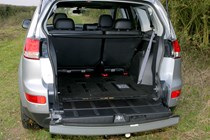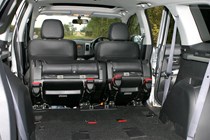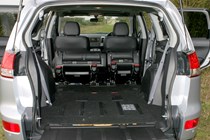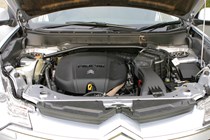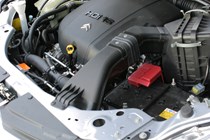
Citroën C-Crosser Estate (2007-2012) engines, drive and performance
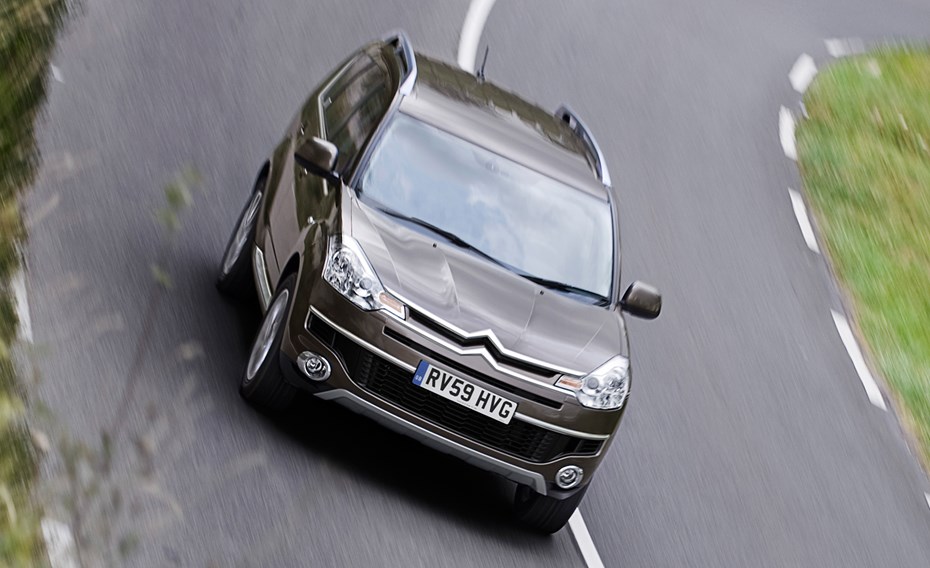
Citroen C-Crosser performance is restricted to one petrol and one diesel so it depends on how many miles you cover and what type of driving you as to which one is best.
Petrol engine
In June 2008 a 2.4-litre petrol engine was added to the line-up and with 170bhp it can sprint from 0-62mph in 9.2 seconds, however it will only return 30mpg – 10mpg less than the HDi model. This engine can be had with a CVT (continuously variable transmission) with steering wheel-mounted paddle shifters to allow some semblance of manual gearchanging.
Diesel engine
The Citroen C-Crosser’s 156bhp 2.2-litre turbodiesel engine is a very a good all-round performer with strong pace and a smooth nature.
It’s a large car, so acceleration isn’t blistering, although 62mph arrives in 9.9 seconds, but it’s the way in which the power is developed that is most impressive. It builds smoothly and briskly from low revs and is ideal for effortless overtaking.
The diesel gets a six-speed gearbox for slick short-shift changes. In 2009 a new dual clutch system automatic (or DCS for short) was added to the line-up – available exclusively with the HDi engine. This six-speed gearbox provides a standard automatic driving mode but there is also a manual mode which allows you to change gear using paddles behind the steering wheel.
Parkers recommends
We’d head straight for the diesel engine for its economy and smooth driving nature. Either gearbox works well with this engine.
The C-Crosser is surprisingly agile for its size and capable of covering backroads quickly. It feels stable at all times with surprisingly little body roll for a large four-wheel drive.
Grip is also good, making it possible to corner quickly and while the steering is responsive, it’s not too heavy at parking speeds. Four-wheel drive can be selected by using a dial on the centre console.
The car is usually in two-wheel drive, with the two front wheels being driven. However, switch to 4WD and the car can automatically detect which wheels are slipping, applying power appropriately. Lock mode keeps four-wheel drive permanent with pulling power split 50:50 between the front and rear axles. This is intended to keep the car moving on very loose or slippery surfaces. However the lack of ground clearance means that tackling deep ruts or steep inclines is out of the question.


